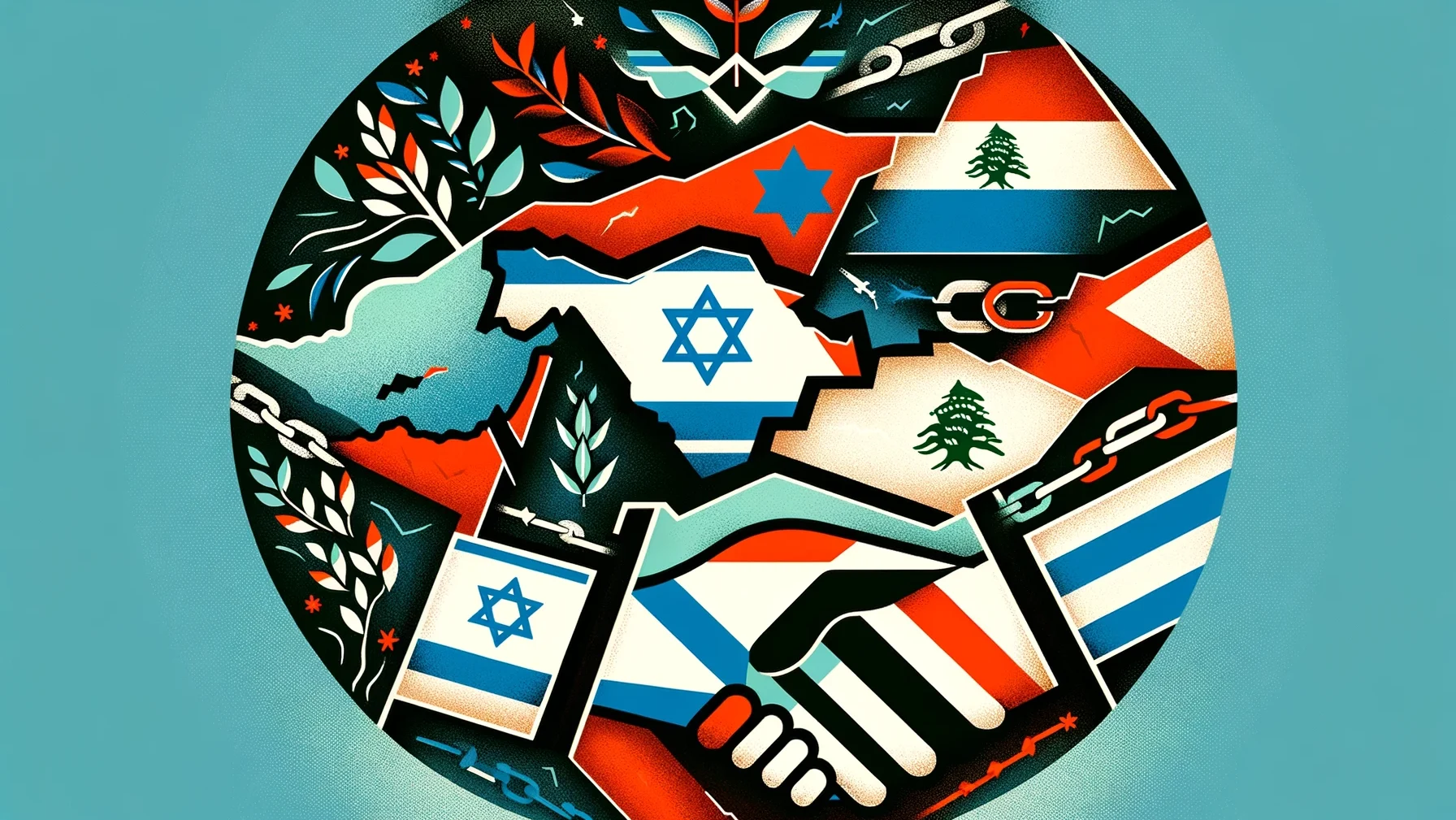Hizbullah Returns to War, but This Time, Its Eyes Are Not Set on Gaza
An-Nahar, Lebanon, December 2
The first phase of the Israeli war on the Gaza Strip highlighted that Hizbullah’s occupation of southern Lebanon had not offered any noteworthy assistance to the Hamas movement. This was evident from the demobilization of the large number of Israeli reserve soldiers that were called up on Oct. 7. Amos Yadlin, the former head of Israeli intelligence and current head of a research body called MIND Israel, thought of it as a “tactical” defeat for the “deterred” party and a point of pride for the Israeli army. In reality, the “axis of resistance”—in Lebanon, Iraq, and Yemen—cannot effectively support the Hamas movement militarily. Measures taken by the Israeli and American forces have ensured that. As a result, the Gaza Strip has no real ally. Why did Hizbullah reignite the Lebanese front just as the temporary truce in Gaza came to an end? There could be multiple reasons. Morale boosting is one: withdrawing from the “Al-Aqsa Flood” war could be seen as accepting Israel’s claims of a tactical victory and as a betrayal of commitments to Hamas. Losing Iran could be another; the country is currently attempting to retrieve funds transferred from South Korea to Qatar through a hostage deal with the US yet held by a third party. The fundamental motivation underlying Hizbullah’s return to war is its long-term military presence in southern Lebanon. Its entry into the initial phase of the Gaza conflict brings Resolution 1701, which ended the 2006 war, back into the spotlight and exposes it as a hollow promise. The UN Interim Force in Lebanon and the Lebanese army have fallen short of the commitments both parties made to the international community. This implies the war between Hizbullah and Israel is back to where it was just before Resolution 1701 was enacted in 2006. The US has pledged to use all its capabilities to ensure Israel upholds Resolution 1701, which calls for an end to armed conflict on the Lebanese front. Hizbullah is apprehensive of the potential effects of American pressure, given Israel’s claims that anything not achieved diplomatically will be implemented through military might. Israel is determined to keep Hizbullah and its Redwan Force away from its border. In the last days of the first round of the war, Israel struck a major blow to the militant group by targeting some of its most prominent field leaders, including the son of Shiite politician Mohammad Raad, who is the head of the Loyalty to the Resistance Bloc party in the Lebanese government. To give its citizens on the border with Lebanon reassurance, Israel aims to create a buffer zone similar to the one imposed in the Gaza Strip after Hamas’ attack on Oct. 7. Hizbullah’s return to the battlefield aims to ensure its strategic presence and secure deal-making on its terms. This will inevitably have ramifications for Lebanon’s internal frictions, as Hizbullah will exert even greater pressure so that the next president of the republic meets its conditions. This shift from backing Gaza to defending its own military viability, at the behest of Iran, indicates that Gaza is now being used to bolster Hizbullah’s clout. Should the pressure from the international community mount, it can always fall back on the Southern Front, signaling that Lebanon is bound for difficult days in a region where resolutions—however temporary—require a large blood toll. —Fares Khachan (translated by Asaf Zilberfarb)


